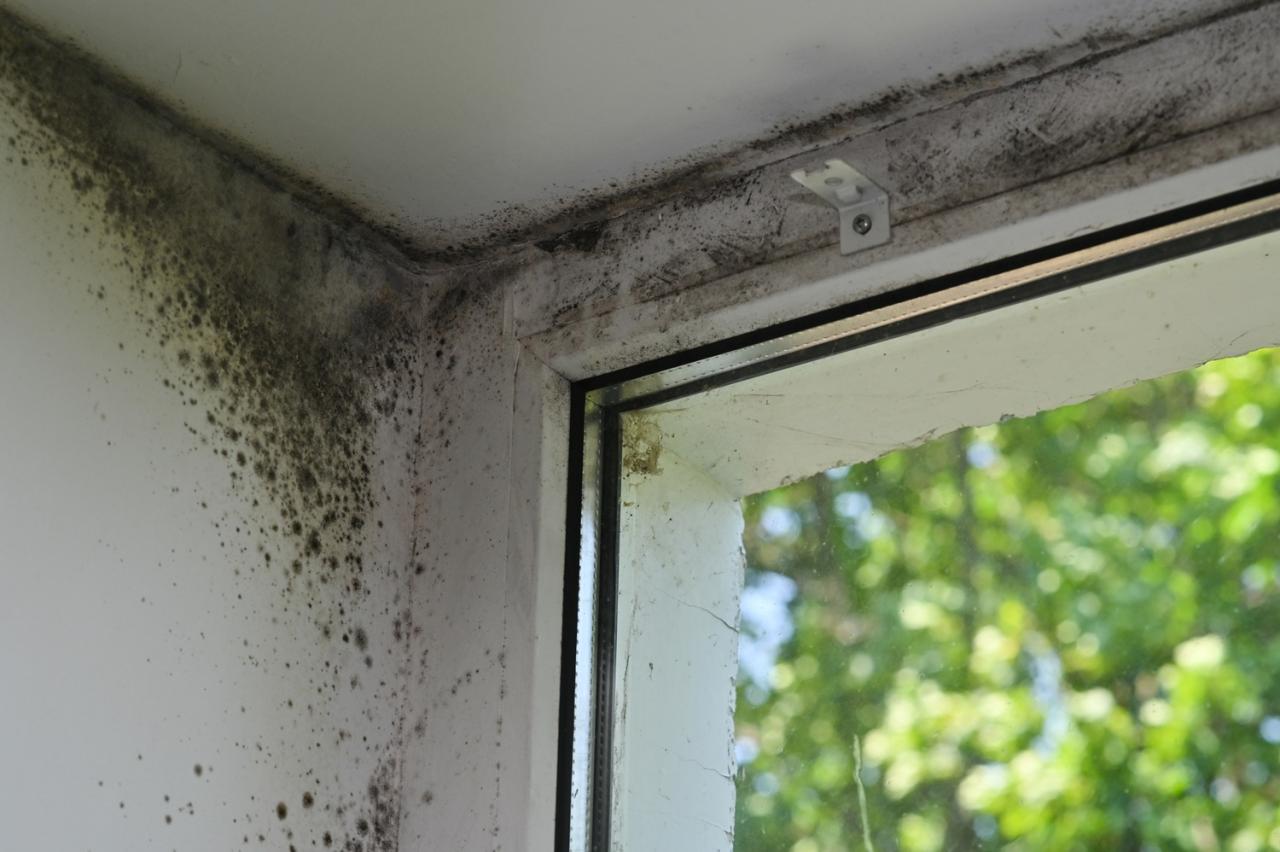
NORTHAMPTON, MA / ACCESSWIRE / October 29, 2024 / Antea Group

Written by: John Wright
While cost-saving measures are often necessary in property management, certain shortcuts can lead to significant mold-related issues. It's crucial to understand and avoid these common pitfalls:
1. Heating, Ventilation, and Air Conditioning (HVAC) System Management
Avoid completely shutting off HVAC systems during unoccupied hours. This practice can lead to humidity build-up and create ideal conditions for mold growth.
Instead of full shutdowns, implement intelligent building management systems that allow for efficient temperature and humidity control even during off-hours based on American Society of Heating and Air-Conditioning Engineers (ASHRAE)* standards.
Reassess duct insulation. In the past, minor issues with duct insulation may not have caused significant problems. However, with higher temperatures and humidity levels, these issues can now lead to severe condensation and mold growth. That's why it's important to conduct regular inspections of ductwork, especially where insulation may have degraded or compressed over time. Upgrade insulation to current standards, while also taking into account the increased demands of today's climate and focusing on areas where ducts pass through unconditioned spaces vulnerable to condensation.
2. Deferred Maintenance
Resist the temptation to postpone regular maintenance checks and repairs, especially for roofing, plumbing, and HVAC systems.
Establish a proactive maintenance and inspection schedule and adhere to it. The cost of prevention is usually lower than the cost of mold remediation and potential liability issues.
Be proactive in maintaining units and commercial spaces rather than reactive.
3. Water Intrusion Management
Never dismiss small leaks or minor water damage as inconsequential. All incidents need to be addressed immediately, so it's important to implement a "zero tolerance" policy for water intrusion. Even small amounts of persistent moisture can lead to significant mold related issues over time.
Address root causes of water intrusion rather than relying on temporary fixes like waterproof sealants, which can trap moisture within building materials.
Consider hiring a professional assessment/remediation contractor to the site if impacted material is greater than 10 square feet.
Understand the mechanism of water intrusion. Water intrusion from above will travel down building materials and then wick into porous materials. The longer water sits, the more building material it will impact, so it's important to always address water intrusion as soon as possible to minimize impact and size of the damaged area.
Be aware of various water intrusion sources including plumping-related (sink, toilet, refrigerator, dishwasher, washer, and water heater supply lines; sewer backups; clogs; plumbing failures), HVAC-related (HVAC drainage; condensation in ductwork), building envelope-related (roof leaks; exterior wall leaks), and environmental (flooding; improperly conditioned indoor air allowing high humidity).
4. Additional Considerations
Recognize the impact of climate change on building systems. Rising temperatures and increased humidity levels may not be adequately conditioned by older HVAC systems, which were often designed for climate conditions that no longer exist, leading to potential inadequacies in cooling and dehumidification.
Avoid focusing solely on visible areas during inspections. Mold often thrives in hidden spaces such as wall cavities, above drop ceilings, and under flooring. Incorporate comprehensive inspections, including the use of moisture meters and thermal imaging, to detect potential hidden moisture issues.
Develop and maintain an emergency response plan for water events, including partnerships with professional water damage restoration services. Update emergency plans to account for the increased frequency and severity of extreme weather events. Establish an inspection policy of the building envelope after a major weather event (roofing and exterior walls).
By implementing these strategies and maintaining a proactive approach to building maintenance and moisture control, property managers can significantly reduce the risk of mold issues. Prioritize long-term building health, invest in proper maintenance and moisture control measures, and stay vigilant to create a healthier environment for building occupants while minimizing operational costs and liability risks.
Do you have questions? Reach out to our team of experts to get help today!
References:
ANSI/ASHRAE Position Document: Limiting Indoor Mold and Dampness in Buildings
ANSI/ASHRAE 62.1-2022: Ventilation and Acceptable Indoor Air Quality (Commercial)
ANSI/ASHRAE 62.2-2022: Ventilation and Acceptable Indoor Air Quality (Residential)
ANSI/ASHRAE 160-2021: Criteria for Moisture-Control Design Analysis in Buildings
ANSI/ASHRAE 55-2020: Thermal Environmental Conditions for Human Occupancy
View additional multimedia and more ESG storytelling from Antea Group on 3blmedia.com.
Contact Info:
Spokesperson: Antea Group
Website: https://www.3blmedia.com/profiles/antea-group
Email: info@3blmedia.com
SOURCE: Antea Group
View the original press release on accesswire.com
